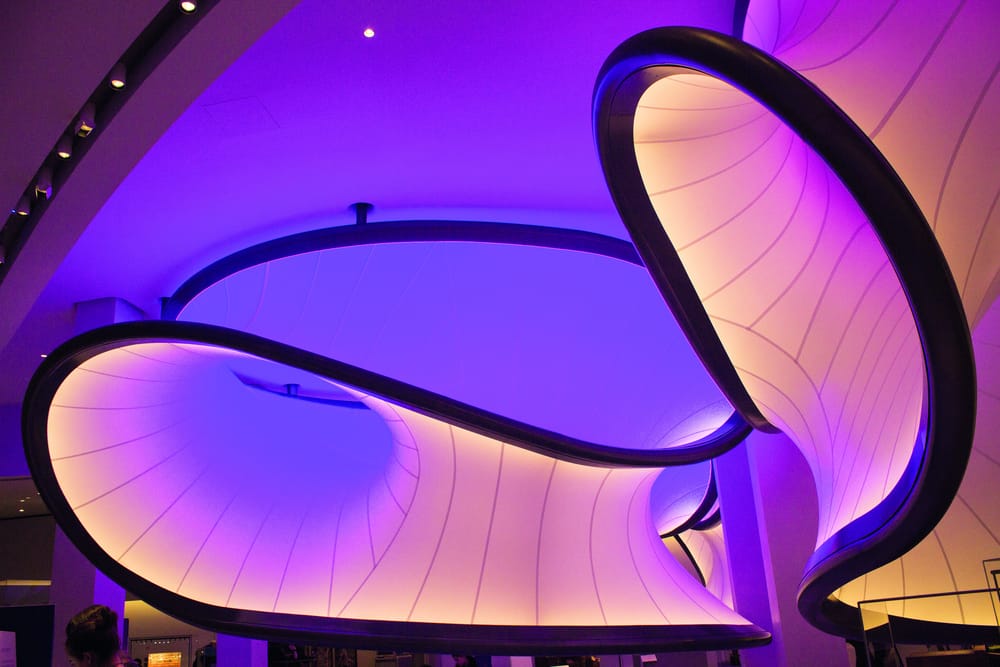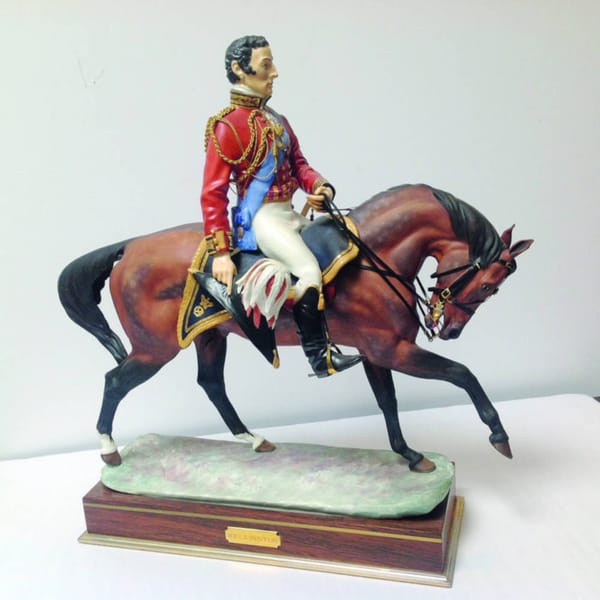The unbearable lightness of maths
From salesmen to sailors, from aircraft engineers to bankers, and from gamblers to garden designers, this gallery is a flight over 400 years of human ingenuity

The Winton Gallery is all about shape. It explores how mathematics shape every aspect of our lives The stunning new permanent gallery space, unveiled last week at the Science Museum, was designed by Zaha Hadid and her team. Its main aim is unravelling the fundamental role mathematicians have played in the development of civilization.
The Winton offers a swooping, long arching perspective on mathematics, a view of the field rather like the view you might get from the 1929 Handley Page biplane that hangs suspended from the ceiling. The hard graft and dry technicalities have been glossed over – it’s the vistas that are on display here.
From salesmen to sailors, from aircraft engineers to bankers, and from gamblers to garden designers, this gallery is a flight over 400 years of human ingenuity. Taking off in the Renaissance and landing to the present day, over 100 incredible objects including intriguing hand-held mathematical instruments and a 1929 experimental aircraft are presented and explained. Their display is thematically arranged around Trade/Travel, War/Peace, Maps/Models, Life/Death, Form/Beauty. The fil rouge that links all those objects is of course maths, which is presented not as an obscure activity undertaken by a niche of researchers working in back-rooms, but as an essential tool in understanding in our everyday life.
Maths permeated Dame Zaha Hadid's life; she was a maths graduate before studying architecture. Her design touchstone of the airflow around the aircraft wings sculpts the dynamics of the gallery's central space. The design was driven by the equations of airflow used in the aviation industry, which is still an important area of mathematical research.
When walking into the Maths gallery you immerse yourself into a serene purple-lighted fluid space. All becomes vector flow fields which create a contemplative aesthetic. The curved overhead structure and layout of the gallery represents the airflow around the Handley Page aircraft suspended at its centre. The hypnotic turbulence field leads your way to the different section of the galleries where incredible objects are on display. Too bad that the whole experience is slightly undermined by the very high glass display cases that block the hypnotic view of the central curvy structure and by the noise coming from the interactive displays in the Energy Gallery nearby.
Some of the exhibits in the Winton are real hits: a Heath Robinson-looking Moniac machine, William Froude's Swan and Raven hulls, Turner sketches, and PDP-8 minicomputer to name a few. Curated by David Rooney, the exhibits tell stories rather than dictate mathematical principles. To attempt to humanise the abstract is a good choice: the Winton brings a subject thought to be dry and boring down from the ivory tower, to a place more accessible to the masses.
The Winton Gallery is the first of Hadid’s projects to open in the UK since her death in March 2016. Zaha Hadid and her team of architects have been exploring and connecting the fields of urbanism, architecture, and design since 1979. Working with office partner Patrik Schumacher for almost three decades, Hadid's vision redefined the architecture of the 21st century. She dedicated herself to worldwide projects that combined the unwavering belief in the power of invention with the connectivity and fluidity of the surrounding space. From the Olympic Aquatics Centre to the cafeteria of the Serpentine Gallery, from Beijing to Baku, Zaha Hadid's unique buildings are everywhere. Now there is one of her creations just around the corner – so go and explore!









